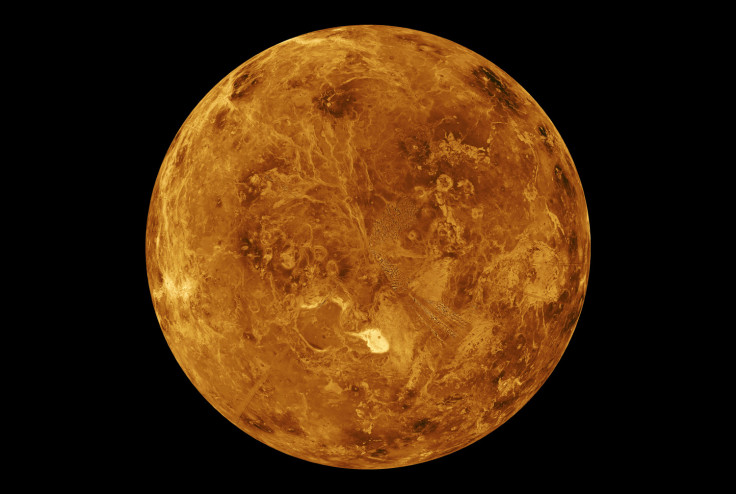Scientists believe visit to Venus before Mars will be hugely beneficial
Experts believe that there are several benefits of visiting Venus before Mars, as it will be cost-effective.
While scientists at NASA are planning human exploration mission to Mars, some researchers believe that before astronauts step on the Martian land, they must swing by Venus. This is a piece of expert advice presented by a number of scientists in a new paper.
Noam Izenberg, a planetary geologist at Johns Hopkins University, told Space.com that a visit to the second planet by astronauts travelling to or from Mars will be greatly beneficial in our attempt to explore the solar system. He argues that a flight from Mars to Venus or vice versa will be cost-effective and provide great opportunity to experience crewed missions beyond Earth-to-moon.
"A flight to (or from) Mars can happen more quickly and cheaply if it 'involves a Venus flyby on the way to or on the way home from Mars,'" said Izenberg.
Izenberg is one of the several researchers who are advocating for a manned mission to Mars along with a flyby visit to Venus. In their "White Paper for Planetary Science and Astrobiology Decadal Survey 2023-2032," they insist that visit to Venus before the red planet is pivotal for the success of crewed Mars Mission.
"Venus is how you get to Mars," Kirby Runyon, a planetary geomorphologist at Johns Hopkins University and co-author of the white paper said.
The paper suggests that the flybys will provide the astronauts an opportunity to practice "deep space human operations, and offer numerous safe-return-to-Earth options, before committing to longer and lower cadence Mars-only flights." In addition, it will assist in the "human in the loop" scientific study of Venus.
The paper details how a short trip to Venus can "enhance" round trip to Mars exploration. It is suggested that the second planet can "reduce the overall energy requirements for opposition-class missions." They believe such Earth-to-Mars-via-Venus mission is a free addon and allows us to learn about "two planets for the price of one."
"We, therefore, propose that the planetary science community and the decadal planning process take into consideration and support the science planning of efforts that take advantage of human proximity to Venus for expanded scientific discovery," the paper proposes.
Researchers discuss that not only such missions are economically viable but also enables shorter mission and opportunity to experience deep space human flight.
"Venus, on average, is much closer to Earth (1.12 AU) than Mars (1.69 AU), allows for shorter overall mission durations (thus simplifying crew logistics and time in space), and has more frequent planetary alignments than Mars (every 19 months versus 26 months for Mars). A human Venus flyby mission would take less than a year—shorter than some missions to the International Space Station—yet would expose the crew to higher solar radiation levels comparable to those on a flight to Mars, albeit slightly reduced galactic cosmic radiation due to solar shielding [35-37]," scientists explain in the paper.

The paper has been submitted for peer review at Acta Astronautica.
© Copyright IBTimes 2025. All rights reserved.





















